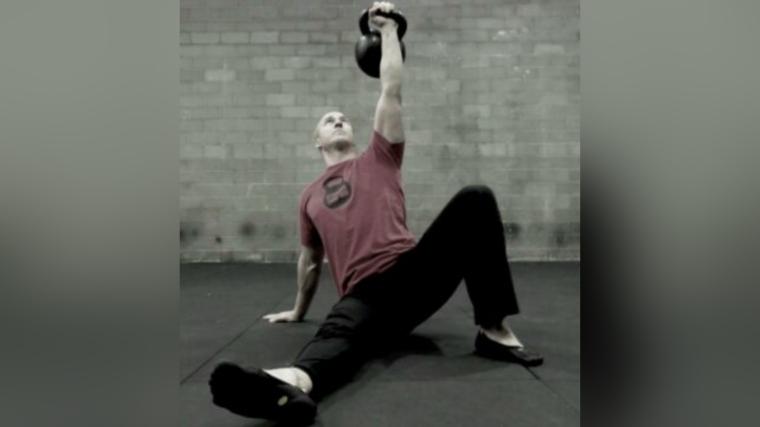#kettlbell has found north of three million posts on Instagram. Your favorite filings are probably (of course) shaking and lifting kettlebells above, and you are legally certified to be shaken by lifting kettlebells. If that sounds like you, you have probably been through a harrowing ordeal: Your touch sucks.

Kettlebells are not an easy tool to handle, and the shape of most kettlebells makes them very difficult to install. What is it, your ability to work, and to work hard, to improve very strong and powerful amplifiers. And it all starts with your fascia muscles.
The Importance of Working
The fascial lines of the body are numerous and varied. This article was not intended to be a starting point for fascia but for a better understanding of how to further our studies. Hand lines are very important in our practical needs. There are four lines, and each one plays a key role in the process and the results.
These experiments use muscle compression monitoring principles to demonstrate the importance of exercise:
- Let your hands hang on your side and see where the conflict is. Now make a fist. Note that it is not just the muscles of the hand that are tight. Stress travels in your hands.
- Now hold on tight. Note that the stomach is connected. Look at the strength of the limbs now not only in your shoulders but also in the muscles in your shoulders. The way you act can trigger any muscle in your body.
Let’s try our experiment again, this time to show the importance of hand lines:
- Hold on as tight as you can, but focus on squeezing the thumb and index finger firmly. You should feel that the pec and the delt are strongly connected.
- Now look at the tight grip with the little fingers and the ring. This time you should feel the back muscles – lats, rhomboids, and surrounding muscles – grip.
Applying this knowledge in a gymnasium is wise, but only a few people do so. The point to make from this test is that if the body is ready to push (via pecs and delts in operation), your handle should have a pointing finger. The opposite works for pulling, where we want to make sure that the pink and ring finger are directly connected to the bar or bell.
Smarter Grip Hands
The most common position in the hand when using a kettlebell is the handle that attaches to the hand at the corner of the bell where the handle and body body meet. This allows the bell handle to move around the hand and reduces discomfort in the back of the hand.
Next, most people close their index finger with their thumb around the handle. You may mistakenly believe that this is acceptable. It is illegal. This practice reduces performance and increases the risk of injury.
Here’s why: When pressing, you should not only deal with shoulder curvature but also shoulder stability. If the pink does not hold the bell, the rotator cuff will not work properly. And when it comes to shaking or pressing a heavy object, you want all the muscles in your shoulder to work.
A better way Hold the kettlebell by pressing (or waking up or snatching) with a one-handed bell handle, in line with the calluses.. This performance facilitates the use of prime movers as well as the effectiveness of stabilizers.
Strong Performance Success
If we add this to other kettlebell activities, such as squats or swings, we can see the fascial lines connecting the fingers with the muscles around the shoulders as well as becoming trunk muscles on both sides. The front and back working lines form two large Xs, one in front of the body and one in the back.
Proper use of grip transforms our back muscles and enhances all of our major lifts. Za kettlebell squatshorizontal alignment is also a better technique (as opposed to diagonal rotation), as it creates more flexible muscles.
When you become accustomed to working this way, you will find that your performance is improved as your risk of injury decreases. Changing the position of your hand may make a difference in the amount of material you can move, but this should not be a concern unless you have the strength. Think about how your body can function and work as a component.
Information on Muscle Break: